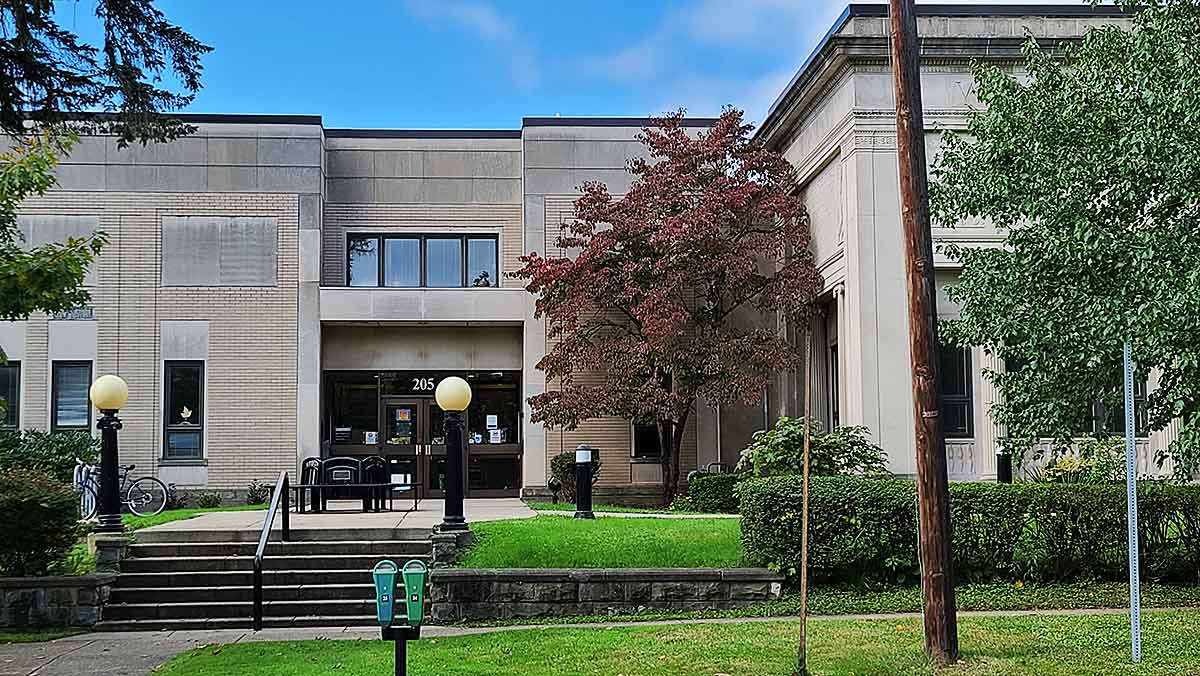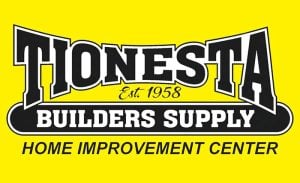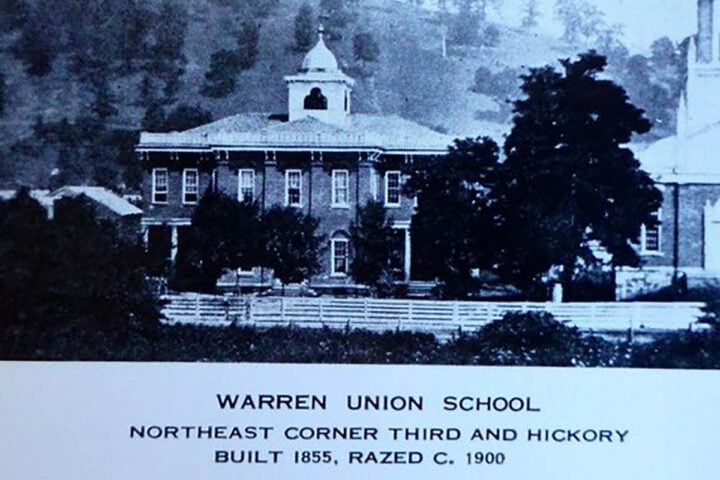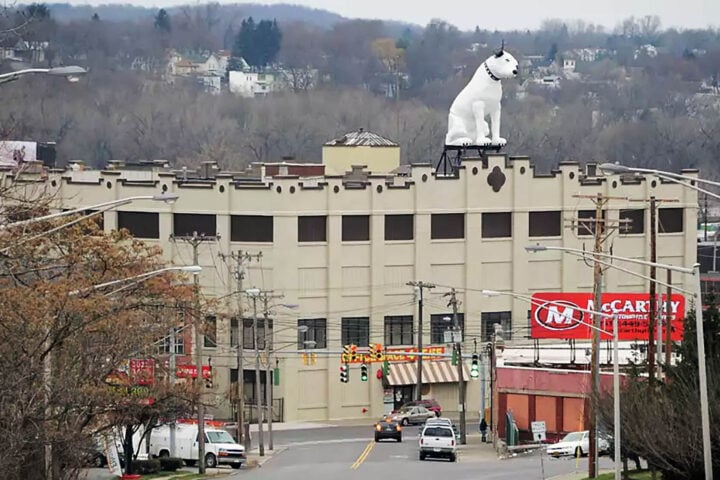Driving west on 4th avenue in Warren is a great history lesson. That is if you know a few facts, From the courthouse going into the sunset, 4th was Warren’s original 100-foot wide “main drag”. It attracted a lot of investment activity. Many companies sprang up and unfortunately spun down.
One of these was an enterprise known for various products. Smith and Horton wholesale. They sold dozens of things to retailers, restaurants, and clubs near the turn of the century. Smith and Horton added to their building regularly from 1890 through the early 1900s.
The Smith and Horton warehouse became a five-story brick behemoth that sat on the north side of 4th up the hill. It burned a few years ago leaving behind a rather large chimney that is gone now as well. What came out of there is fascinating. At its peak, they prepared and roasted thousands of pounds of coffee every day. Glendora coffee became a huge division of Smith and Horton.
By 1912, coffee had become the majority product for Smith and Horton. The leadership of the division decided they could do better without the other products and paid a whopping $10 to Smith and Horton for their independence.
Glendora coffee was on its own.
Glendora did well as an institutional supplier. They sold coffee in 5-pound to 50-pound bags to hospitals, hotels even to United Refinery for their cafeteria. On their own things were a lot different. Glendora had to set up a canning system and sell smaller amounts.
It takes a lot of “selling” to get a small store to allocate ample space for a one or two-pound can of coffee. At this time there were no supermarkets. The corner store was king. At one time there were up to 100 grocery stores scattered throughout every neighborhood. Some stores were serious retailers and others were only open if someone knocked at the door.
Little did Glendora’s owners know about the coming rise of supermarkets. By 1914 a number of food warehouses were in the process of competing with their own customers. Quality Cash had several small stores in Warren and began selling out of their local locations.
This made it harder for Glendora to get into the stores as the warehouse dictated what brands of coffee they would sell to their retail outlets. Maxwell House, Folgers, and other nationally advertised brands were preferred.
In 1941 Glendora’s roasters were gone and Struthers Wells assumed ownership of the 17,000-square-foot structure. It was owned by several others before its demise.
As you drive west on 4th, right about the area of Warren Glass look to the hill across the street over your right shoulder. You might even remember the massive five-story structure that once was emitting the wonderful aroma of fresh coffee.































